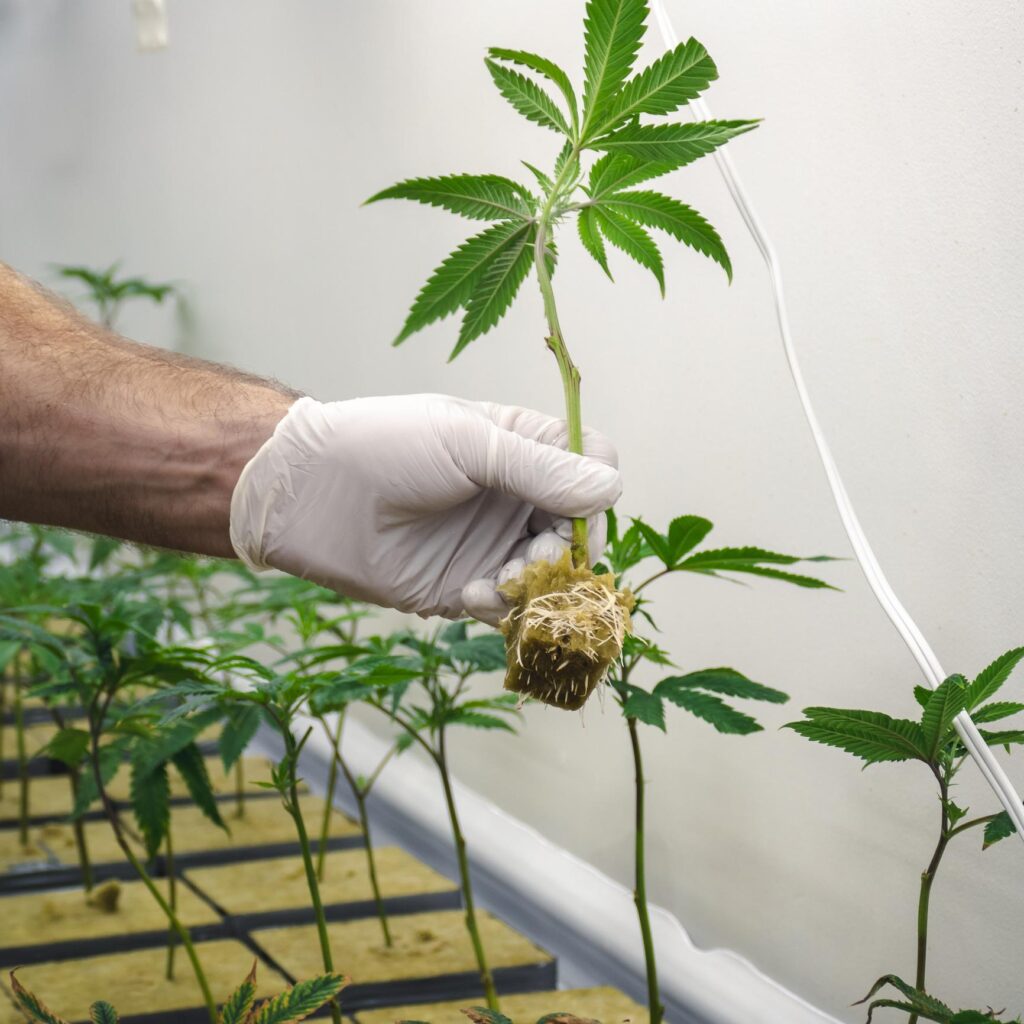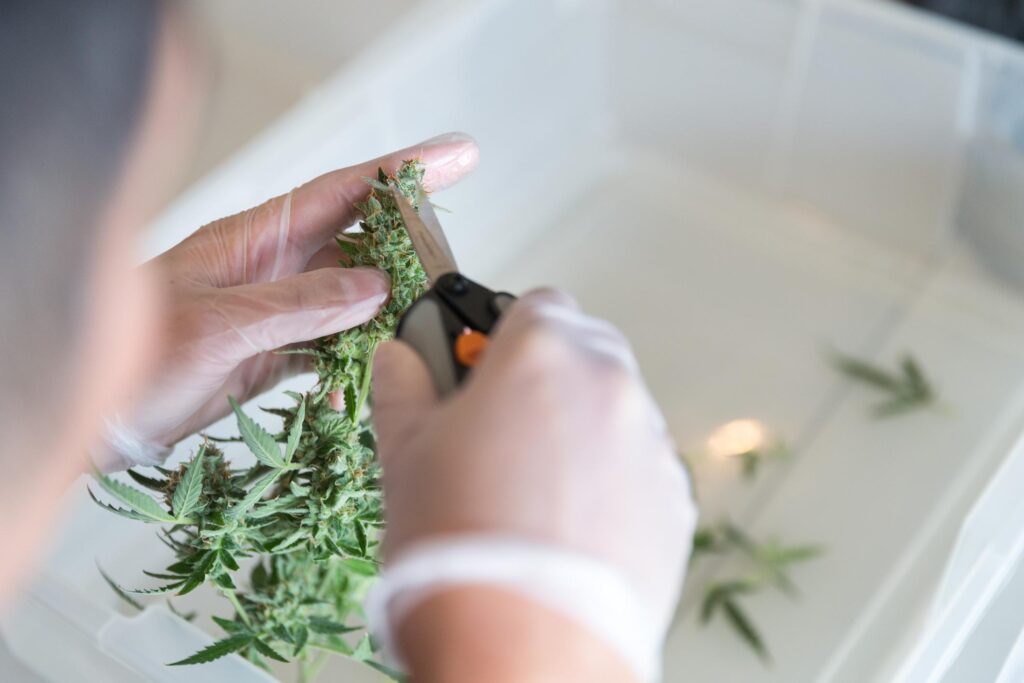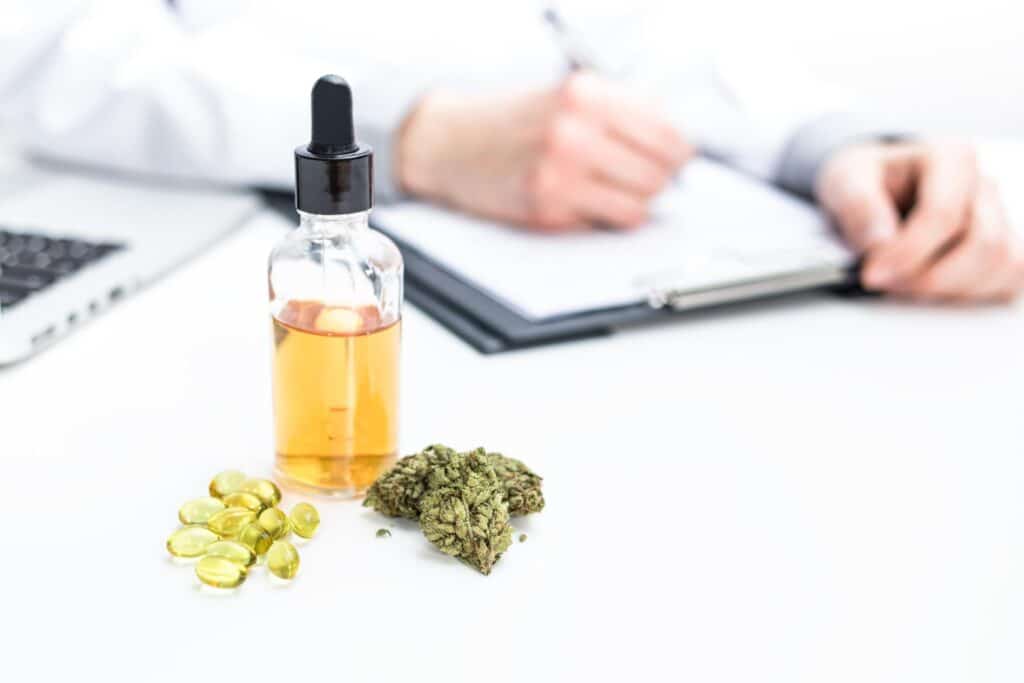
Like many other types of plants, cannabis crops can be vulnerable to destruction by insects when it comes time to harvest them. There are also many ways in which these pests can interfere with crops that are grown indoors and outdoors. Anyone hoping to find a career in cannabis quality assurance should understand how pests can derail the healthy growth of these plants, and how to prevent further damage.
Since these types of insects can multiply rapidly, it is necessary to prevent pests and mitigate potential risks to plants in greenhouses or outdoors to maintain healthy crops, and the ability to detect and address these problems is extremely important. Here’s what you need to know about cannabis pest control and prevention.
The Most Common Cannabis Pests, and What You Need to Know
The kinds of pests that can most frequently appear while growing cannabis can vary depending on whether it is being grown indoors or outdoors. During the summer months, indoor spaces tend to be the most vulnerable. With these indoor spaces, fungus gnats tend to be among the most common pests, and can show themselves in swarms and feed off the plants’ roots. Fungus gnats also can reappear after attempts to tackle them, and can also increase the presence of Fusarium, which can destroy an entire cannabis crop if left untreated.

Fungus gnats are extremely common with indoor cannabis plants
Other common indoor pests include:
- thrips, which are winged and leave marks on the cannabis leaves
- spider mites, which can breed quickly and are known for their webbing of flowers and their stubbornness
- whiteflies, which are moth-like pests known for laying eggs on, and taking nutrients away from, the leaves
- cannabis aphids, which are also known for their rapid reproduction and difficulty to manage
As for outdoor spaces, the more commonly-seen pests include:
- Birds
- Grasshoppers
- Snails
- Slugs
- Crickets
- Ants
- Several common indoor pests, such as aphids or thrips
Tips for Avoiding Pests with Cannabis Plants, Both Inside and Outside
Preventing pests from accessing a cannabis garden at all is an obvious first step in avoiding damage. Students in cannabis quality assurance courses should know that there are multiple ways they can intervene early if pests are at risk of appearing. Negligence and recklessness by the grower is widely considered the easiest way for pests to access indoor plants, and they can also commonly enter via ventilation systems or following the grower from an outdoor area. These pests can also become increasingly difficult to eliminate in an enclosed space.
Furthermore, any new strain of cannabis should first be inspected in order to detect insects that may already be there, as well as be placed in quarantine outside the garden—or another area within the facility—for a certain span of time before being brought indoors.

New strains entering the grow space must first be inspected for bugs and quarantined
Outdoor gardens are more challenging with pest control, so a longer-term plan for mitigating the proliferation of outside pests is necessary. This is known as integrated pest management (IPM), and methods used typically fall under four categories:
- Biological (how organisms can be used to kill pests)
- Chemical (how pesticides can be used during this process)
- Cultural (how certain practices can mitigate the presence of pests)
- Physical (how the use of tools such as traps can destroy pests or keep them out)
To have a plan in advance for tackling pests will help ensure the plants will bloom properly and with limited damage. It’s also important to have sufficient air flow and enough exposure to sunlight, as well as to regularly feed the plants’ soil and use a soil type that can be more resistant to pests.
What Cannabis Quality Assurance Students Should Use for Pest Control
Those wanting to study cannabis quality assurance would do well to learn about the various techniques they can use to prevent or eliminate pests from interfering with cannabis plants. If fungus gnats are an issue, you could try allowing the soil to dry in order to prevent them from using the moisture to breed. Another possible solution is using nematodes, also known as roundworms, to kill the gnats. Other solutions for pest control include traps (eg. sticky cards), a soil drench, neem oil, foliar sprays, and predatory insects (also known as “beneficial insects” like lacewing larvae, ladybugs, and parasitoid wasps.

You can use foliar sprays and sticky traps to fight against pests and keep crops healthy
A knockdown spray such as insecticidal soap can be used as an initial measure to control aphids, so long as it is administered carefully to avoid hurting pest-killing beneficial insects. However, such preventative measures are most effective early in the process, when pests are not yet large in number. Therefore, ensure that any manifestations of pests are addressed as soon as possible, to mitigate damage as well as avoid a much greater expense of both time and money in fighting them.
Do you want to begin your cannabis quality assurance training?
Contact the Academy of Applied Pharmaceutical Sciences for more information!



